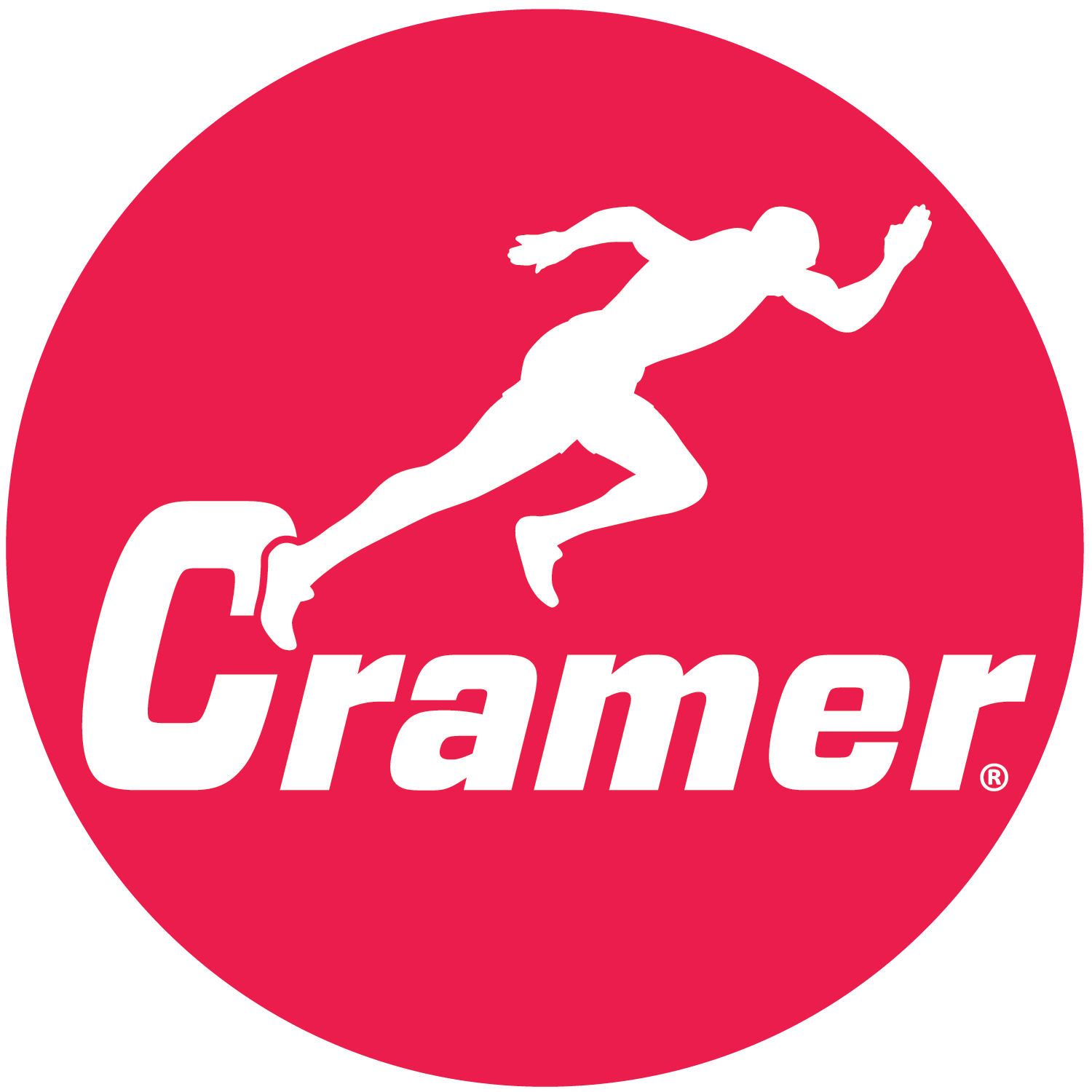The Latest Treatment Guidelines for Ankle Sprains
New Evidence-based Clinical Practice Guidelines for Ankle Sprains
By Phil Page, PhD, PT, ATC, CSCS, FACSM
Are your athletes with ankle sprains getting the best care based on the current best evidence? A group of researchers recently published an updated Clinical Practice Guideline on the diagnosis, treatment and prevention of ankle sprains in the British Journal of Sports Medicine [1]. The authors used the current evidence to provide an updated multi-disciplinary guideline for comprehensive ankle injury management. By examining the level of evidence, the authors provided a list of recommendations. Here is a summary of their relevant recommendations.
Diagnosis
Several predisposing factors should be considered. After an initial lateral ankle sprain (LAS), identify deficiencies in proprioception and range of motion (ROM), which can increase risk of repetitive sprains. These factors should be addressed in rehabilitation programs to reduce incidence or recurrent sprains. Clinicians should be aware that certain sports such as soccer have higher risk of ankle sprains.
For diagnostic testing, the Ottawa Ankle [2] are recommended to first rule out a fracture in lieu of radiographic diagnosis (Table 1). In addition, the authors noted that the Anterior Drawer test is a better diagnostic test for anterior talo-fibular ligament damage if delayed by 4 to 5 days after injury.
Table 1: Ottawa Ankle Rules to rule out an ankle fracture [2]
|
Ottawa Ankle Rules |
|
Treatment
Although RICE (Rest, Ice Compression and Elevation) is commonly used after an ankle sprain, the authors noted that there is no evidence that RICE alone is beneficial for acute LAS. According to the authors, the evidence for RICE remains inconclusive in terms of reducing swelling and improving return to sport; therefore, RICE should be used as part of a multi-modal treatment including exercise.
Non-steroidal anti-inflammatory medications (NSAIDS) were also recommended in the guidelines, although the authors noted potential side effects of medication. While the authors also noted a potential effect of NSAIDS on interfering with the healing phase after injury, there is no evidence that these medications delay healing.
The authors also discouraged the use of immobilization after ankle sprains, preferring 4-6 weeks of “functional support” such as ankle braces. While some severe sprains may require immobilization, the authors recommend no more than 10 days of immobilization.
Arguably the most important aspect of LAS treatment is exercise. Unfortunately, half of the population suffering LAS do not seek medical attention [3]. Not performing appropriate rehabilitation may lead to chronic ankle instability, and predispose joint degeneration [4].
Therapeutic exercise should be quickly initiated and can expedite recovery after LAS. The authors suggested that exercise can also reduce the risk of recurrent injury and incidence of functional instability. Neuromuscular and proprioceptive exercises in particular are most effective; these include balance and stabilization exercises progressed through unstable surfaces such as balance boards and foam pads. Supervised exercise prescription leads to faster return to sport and should focus on proprioception, strength, coordination and function.
Adding manual therapy such as joint mobilization may also enhance the effects of exercise; however, based on current evidence, the authors did not recommend other modalities. They stated that exercise is preferred over surgery, noting that surgery should be reserved for athletes needing quick return or for patients who do not respond to conservative treatment.
Prevention
As stated earlier, neuromuscular exercises can reduce the incidence of recurrent ankle sprains; however, evidence does not support a preventive effect of neuromuscular exercise on first-time LAS. Both ankle braces and tape (athletic tape, rigid strapping tape and kinesiology tape) have been shown to reduce the incidence of recurrent LAS. The authors recommended that the choice of bracing or taping be guided by personal preference. Furthermore, the authors noted there is no evidence that different footwear/shoe types can prevent ankle injury.
Table 2: Best Practice Guidelines for Ankle Sprain Treatment
|
ANKLE SPRAIN TREATMENT BEST PRACTICES |
|
|
RICE |
|
|
NSAIDS |
|
|
FUNCTIONAL SUPPORT |
|
|
EXERCISE |
|
|
MOBILIZATION |
|
|
OTHER THERAPIES |
|
- Vuurberg G, et al. Diagnosis, treatment and prevention of ankle sprains: update of an evidence-based clinical guideline. Br J Sports Med. 2018 Aug;52(15):956.
- Bachmann LM, et al. Accuracy of Ottawa ankle rules to exclude fractures of the ankle and mid-foot: systematic review. BMJ. 2003 Feb 22;326(7386):417.
- Verhagen EA et al. The effect of preventive measures on the incidence of ankle sprains. Clin J Sport Med. 2000 Oct;10(4):291-6.
- Pihlajamäki H, et al. Surgical versus functional treatment for acute ruptures of the lateral ligament complex of the ankle in young men: a randomized controlled trial. J Bone Joint Surg Am. 2010 Oct 20;92(14):2367-74.
